For too long, weather forecasting has been relegated to screens and impersonal data. But what if we could feel the weather, connect with its subtle nuances, and experience it in a more human-centric way? This article showcases three design-forward weather devices pushing the boundaries of innovation and transforming weather forecasting into a more emotional, sensory, and ultimately, more engaging experience for young and creative minds.

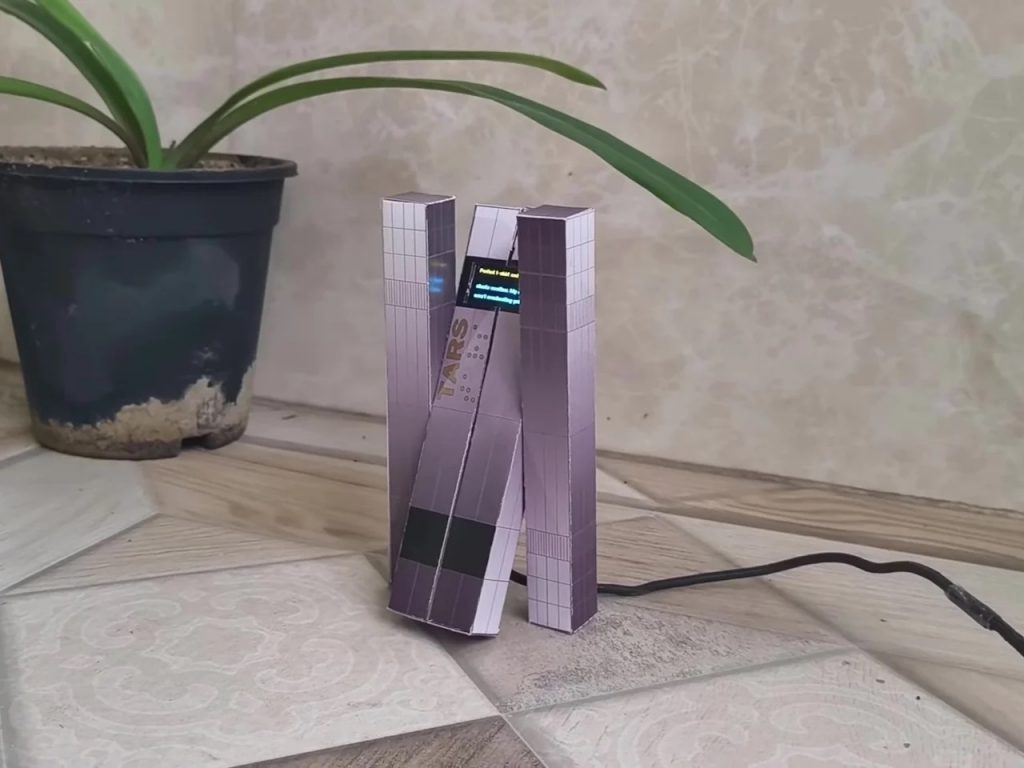
TARS by Makestreme
Weather forecasts can feel impersonal and sometimes a bit gloomy. Makestreme addresses this with a DIY project inspired by the blocky robot TARS from the film Interstellar, injecting a dose of humor into the mundane task of checking the weather. This miniature TARS isn’t just about providing data; it’s about delivering that data with a unique personality, one that makes the often-uncontrollable forces of nature a little more bearable. This project asks: can we use design to shift our perspective from feeling at the mercy of the elements to engaging with them in a more positive way?
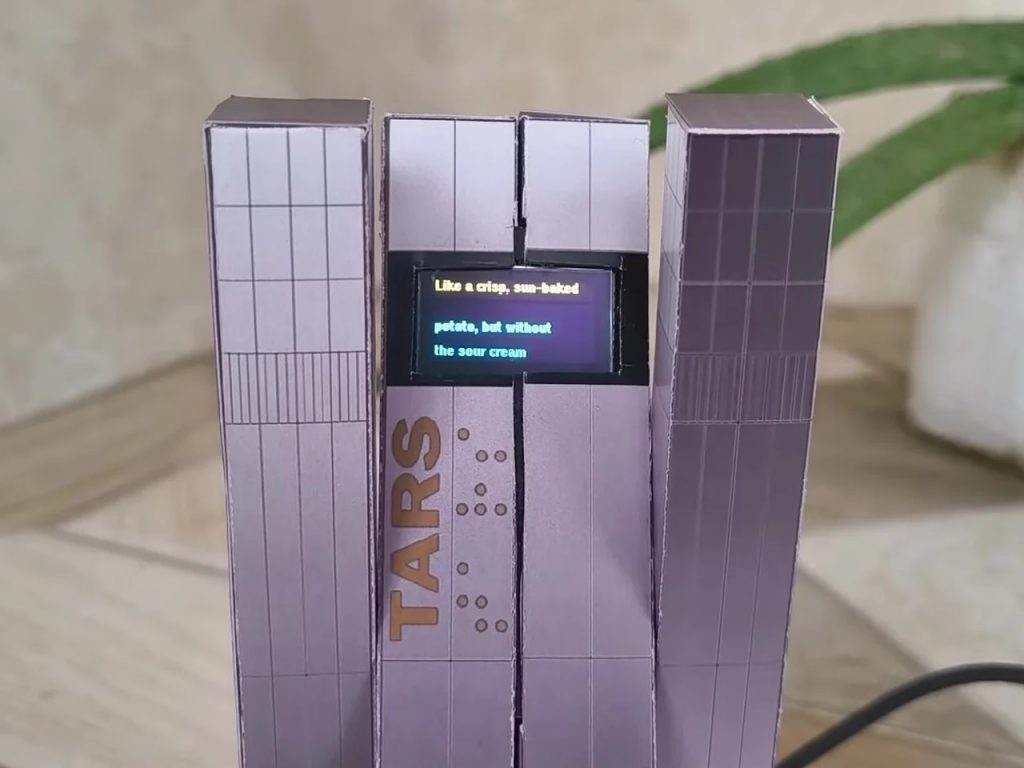
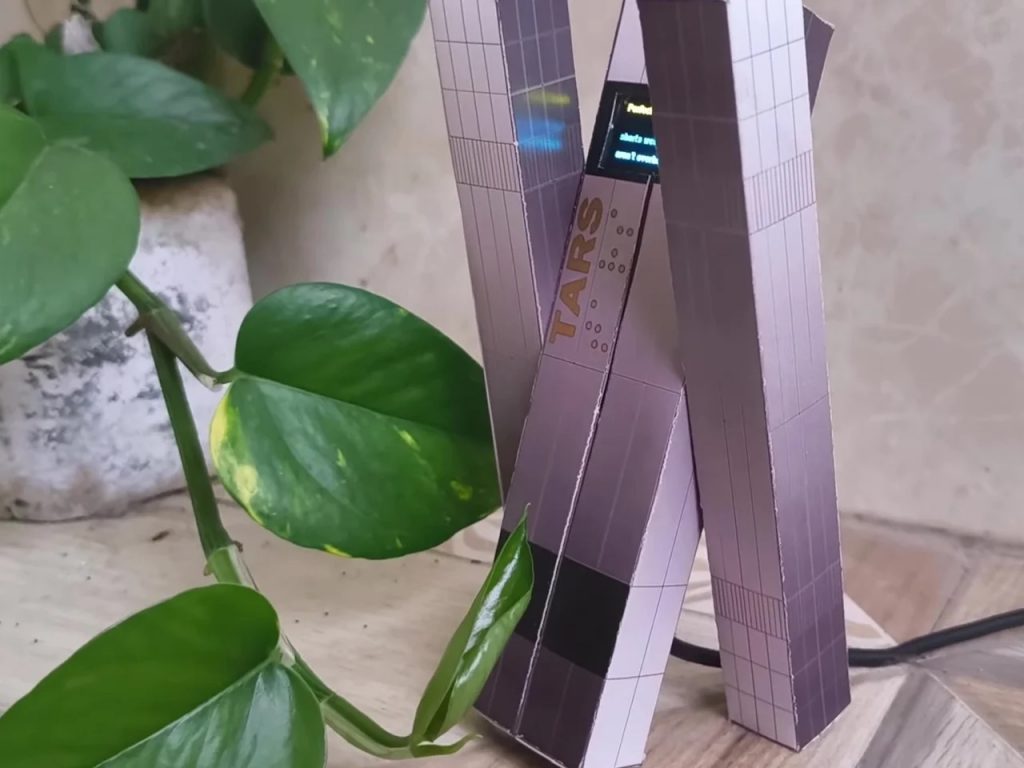
TARS by Makestreme
The TARS weather reporter taps into the appeal of services like Carrot Weather, known for their sarcastic weather reports, but expands it beyond the confines of a smartphone app. The project links weather data from OpenWeatherMap to Google Gemini, using a carefully crafted prompt to generate weather reports limited to 60 characters to fit the robot’s tiny screen. This combination of open-source data and AI demonstrates an accessible and innovative approach to information delivery, blending the digital and physical realms.
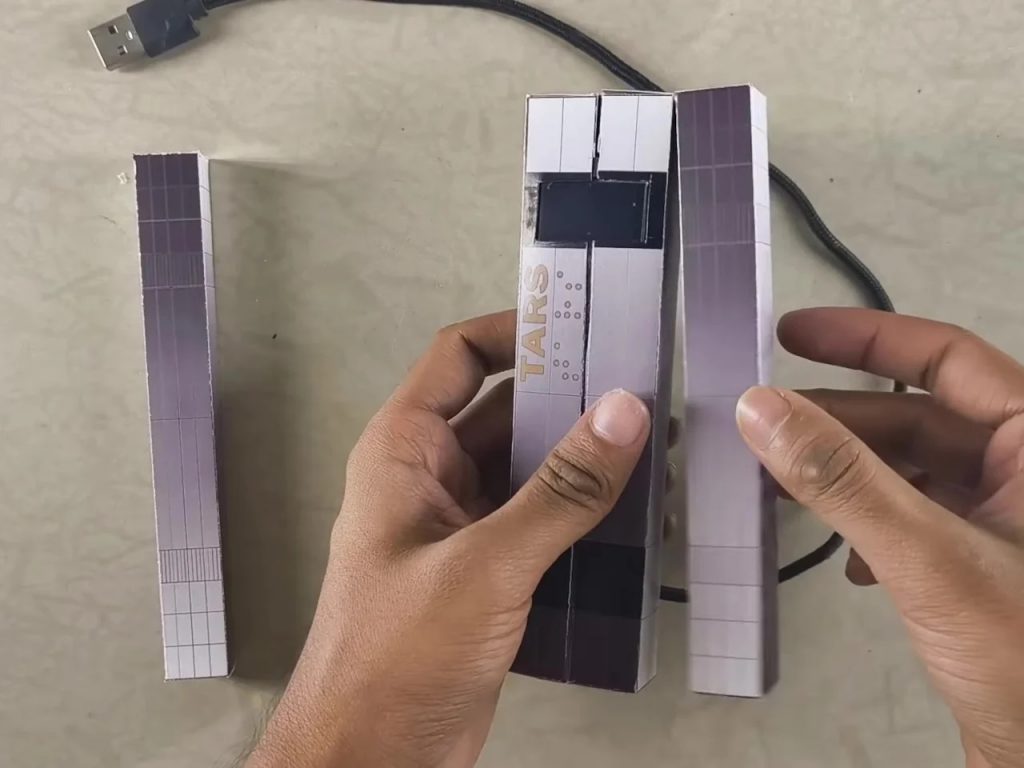
TARS by Makestreme
What truly sets this project apart is its commitment to accessibility and resourceful design. Eschewing expensive 3D printing, Makestreme utilizes readily available poster paper, printed with the robot’s patterns, cut, folded, and held together with magnets. This “poor man’s” DIY approach proves that impactful design doesn’t require sophisticated tools or expensive materials. It is about creative problem-solving and resourcefulness, showcasing how young designers can achieve functional and engaging results with limited resources.
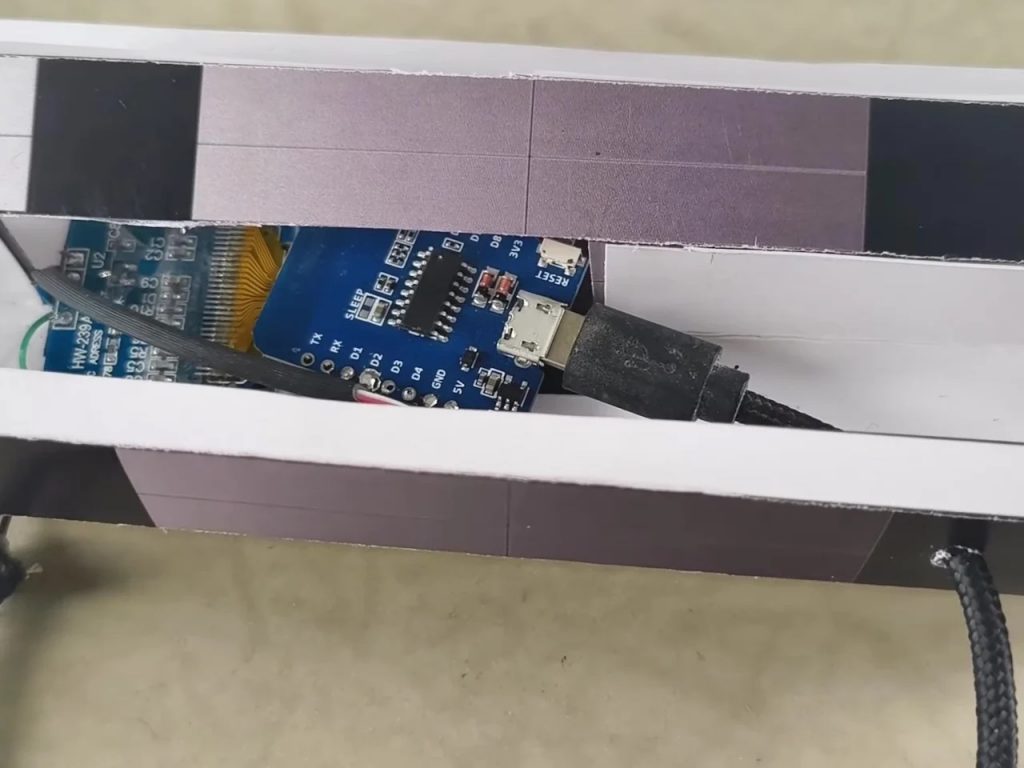
TARS by Makestreme
From a sustainability perspective, using paper and magnets instead of 3D-printed plastics is a conscious choice, minimizing environmental impact. While not explicitly designed as an eco-product, the project subtly promotes mindful consumption and a DIY ethos. This aligns with a growing awareness among young creatives to prioritize sustainability, even in small-scale projects.
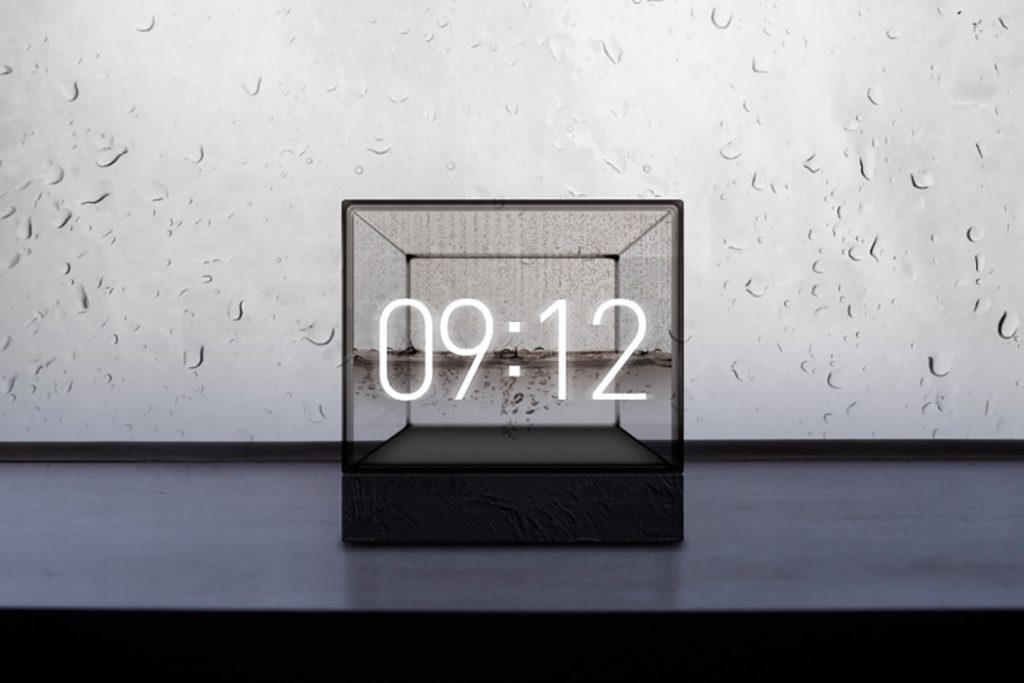
Weather Cube by Yu Zhuang (also header image)
Building on the idea of humanizing weather data explored in the TARS project, the Weather Cube by Tokyo-based designer Yu Zhuang takes a different approach: moving beyond visual representation to create a sensory experience. Recognizing that our mental and emotional connection to our environment is becoming increasingly important, the Weather Cube aims to provide a more intimate and intuitive understanding of the weather. Instead of passively reading data, users actively feel the essence of the outside world within their homes.
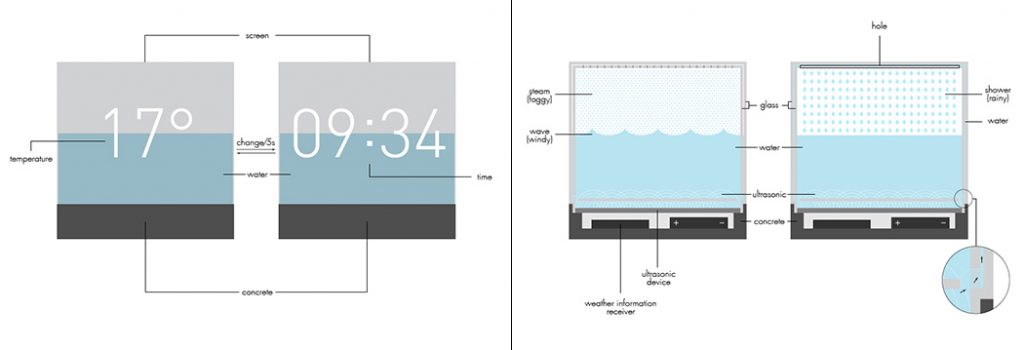
Weather Cube by Yu Zhuang
The Weather Cube ingeniously transforms a simple glass cube into a miniature, dynamic weather system. By manipulating water through ultrasonic technology, the device creates realistic and evocative weather phenomena. Stillness represents sunny skies, dripping indicates rain, a wave symbolizes wind, and steam represents fog. This poetic interpretation of weather goes beyond basic symbols, offering a nuanced understanding of conditions, even conveying the intensity of rainfall or strength of wind.
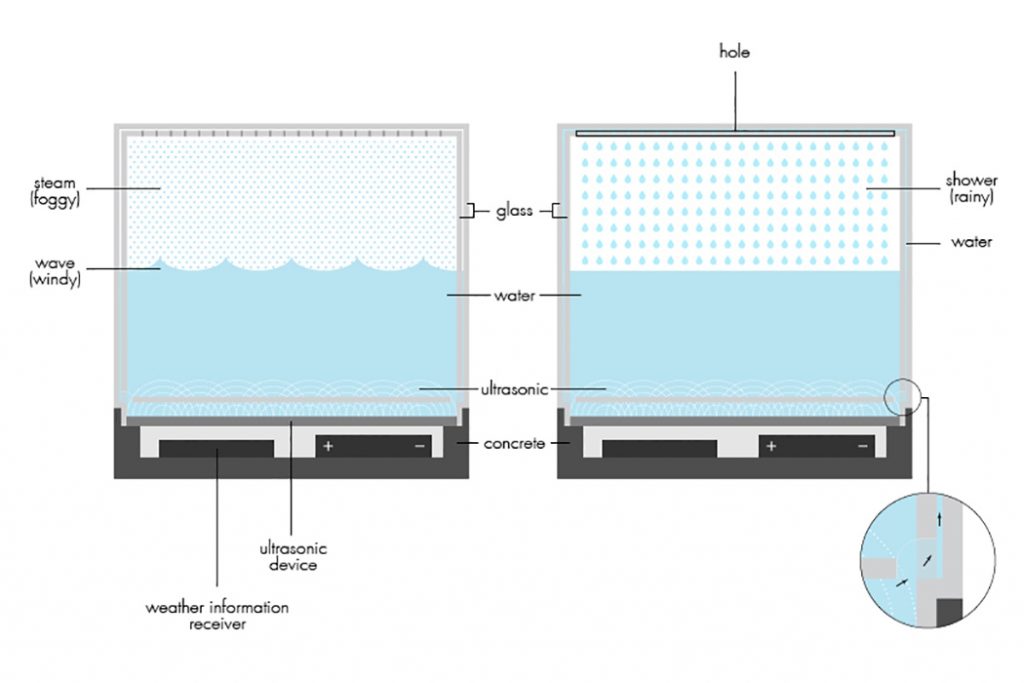
Weather Cube by Yu Zhuang
The innovative aspect of the Weather Cube lies in its ability to engage multiple senses, shifting from visual consumption of data to a more immersive and emotional connection. This speaks to a growing trend in design: the desire to create products that enhance our well-being by fostering a deeper understanding of our surroundings. It challenges the notion of weather devices as purely functional tools and redefines them as artistic objects that bring nature indoors.
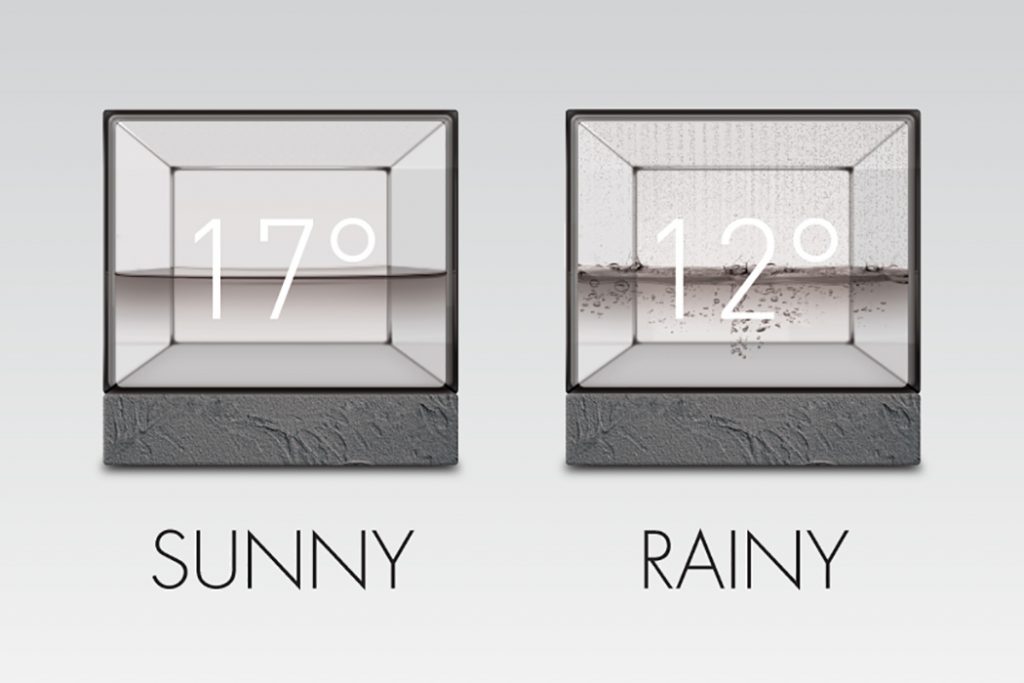
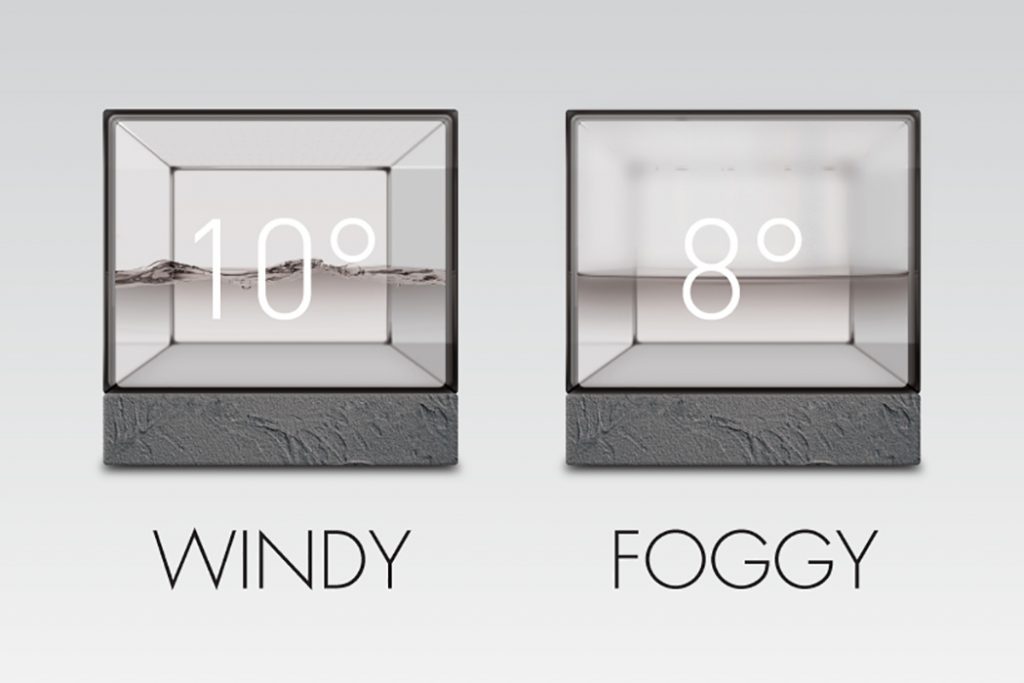
Weather Cube by Yu Zhuang
While specific details about the materials and energy consumption are not provided, the Weather Cube concept encourages discussion about sustainable interactions with technology. By replacing constant phone checks with a single, calming object, the design could potentially reduce reliance on energy-intensive devices. Further exploration into sustainable materials and energy-efficient operation could significantly enhance the project’s overall impact.
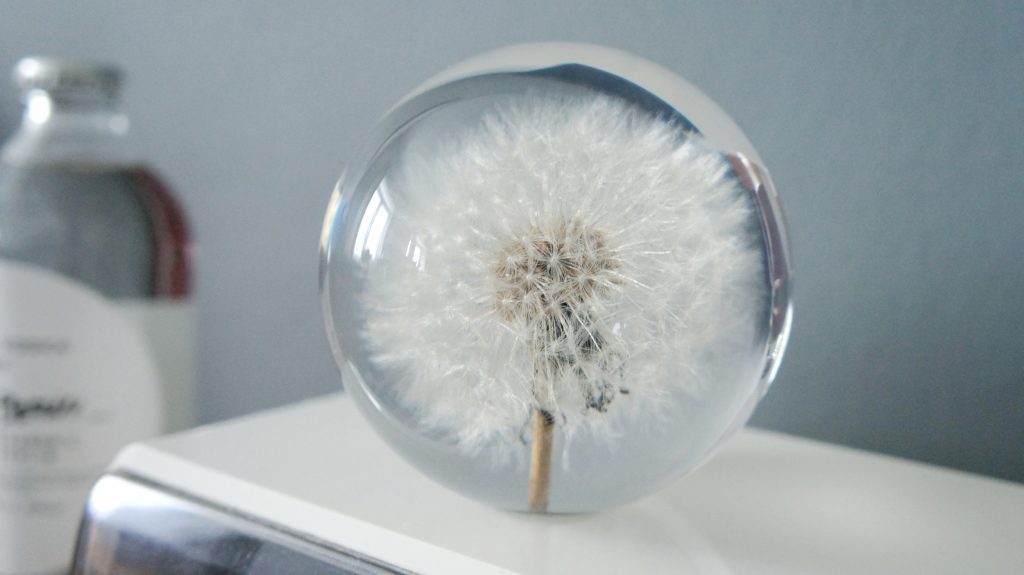
Dandelion by JungHoon Lee and Dongkyu Lee of Twelvemonthly
Continuing the trend of sensory engagement with weather information, JungHoon Lee and Dongkyu Lee of Twelvemonthly present Dandelion, a concept that invites users to touch the weather rather than simply reading or feeling it indirectly. Named after the dandelion, a symbol of springtime and new beginnings, this device aims to emotionally realize weather conditions, offering a tactile and intuitive understanding of the environment. This directly addresses the common experience of misjudging weather based on numerical data alone, highlighting the importance of sensory feedback in our daily lives.
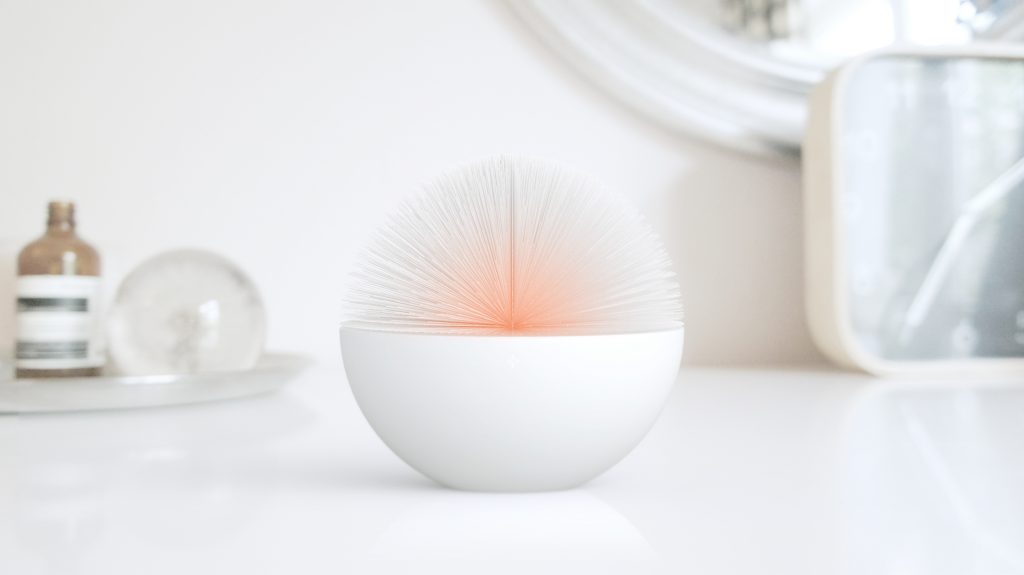
Dandelion by JungHoon Lee and Dongkyu Lee of Twelvemonthly
Dandelion receives temperature and wind strength data wirelessly and translates this information into tactile feedback via soft “spores” on its surface. A fan controls the wind strength, causing the spores to shake more vigorously in stronger winds, while a heating/cooling module mimics the external temperature of the wind. Ambient lighting further emphasizes the temperature with color cues, providing both tactile and visual reinforcement of the weather conditions. This multi-sensory approach elevates the simple act of checking the weather into an engaging and informative experience.
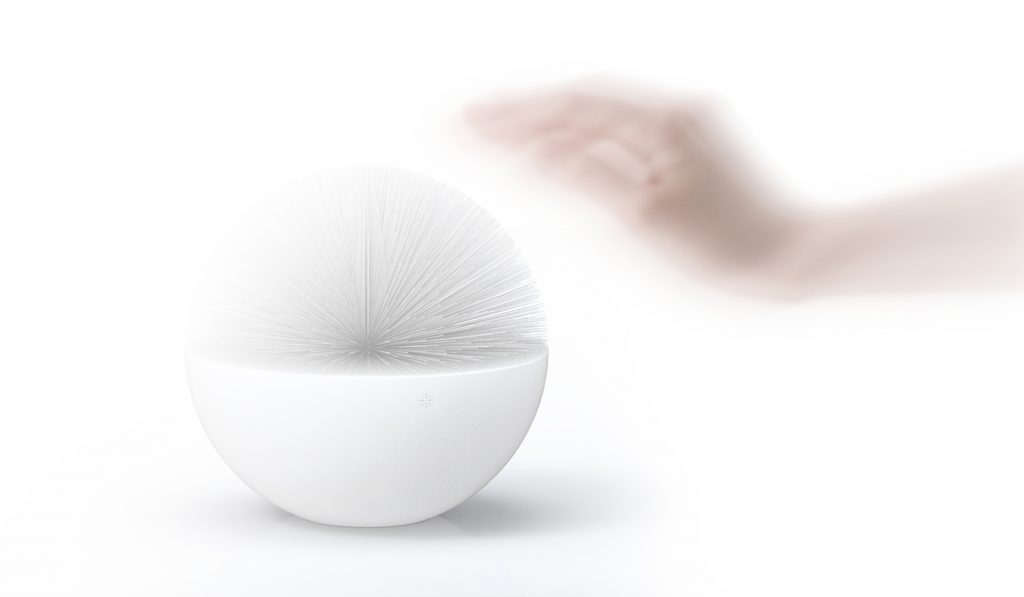
Dandelion by JungHoon Lee and Dongkyu Lee of Twelvemonthly
The innovation lies in Dandelion’s ability to bridge the gap between digital data and physical sensation, offering a more immediate and personal understanding of the environment. This challenges the conventional reliance on visual information and explores the potential of haptic technology to enhance our connection with the world around us. It’s a thoughtful response to the often-disjointed experience of receiving weather information through devices, then stepping outside to discover the reality doesn’t quite match the anticipation.
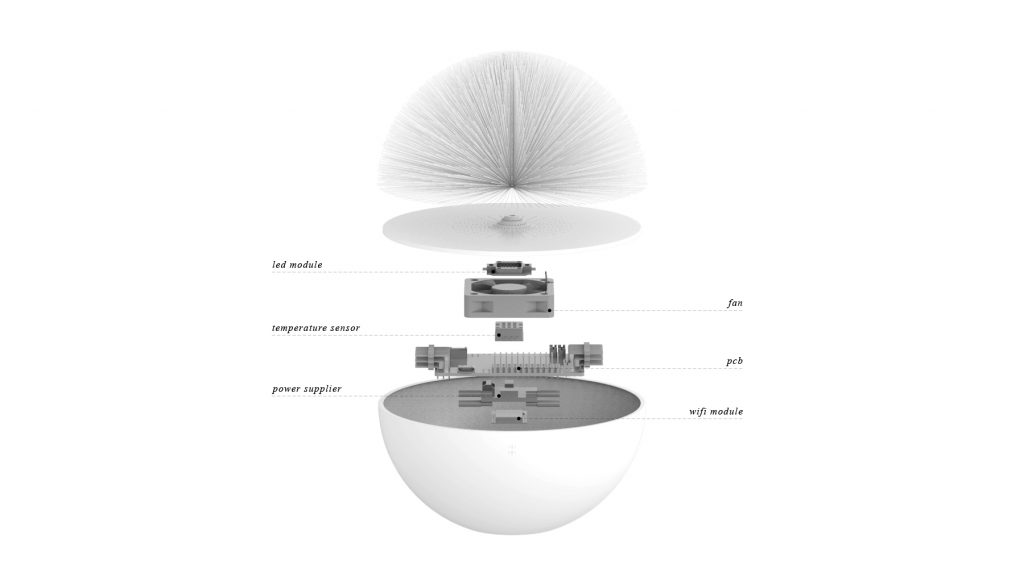
Dandelion by JungHoon Lee and Dongkyu Lee of Twelvemonthly
The design concept highlights the potential for user-centered design to improve everyday experiences. By integrating a lighting color that not only works as a power button but also indicates the progress status, the designers demonstrate an attention to detail and a commitment to intuitive usability. While information on material choices and energy efficiency isn’t explicitly mentioned, there’s a clear opportunity to explore sustainable materials and energy-saving design solutions in the future.
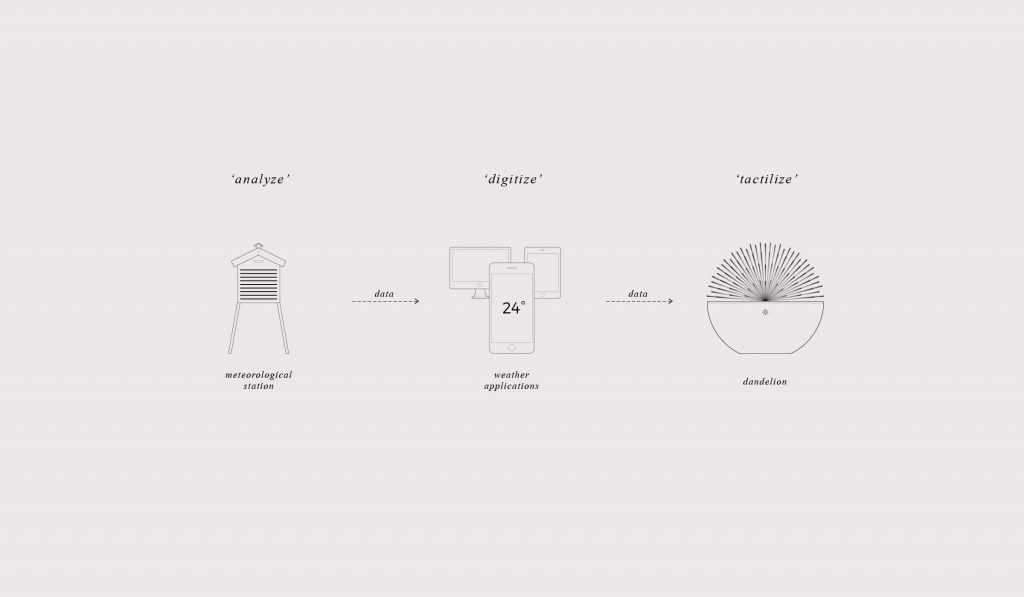
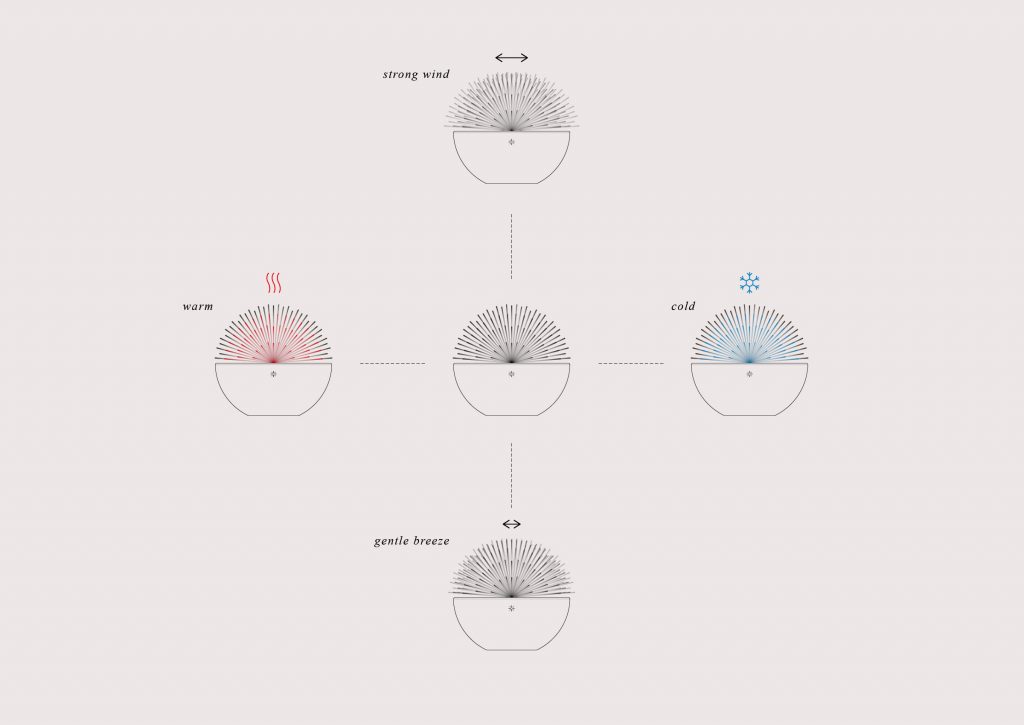
Dandelion by JungHoon Lee and Dongkyu Lee of Twelvemonthly
Dandelion represents a forward-thinking approach to weather devices, emphasizing emotional connection and tactile exploration. It challenges young designers to consider the sensory and emotional impact of their creations, encouraging them to move beyond pure functionality and explore the potential of design to enhance our understanding and appreciation of the natural world. It perfectly illustrates the future of weather devices as a way to feel more in tune with our surrounding.